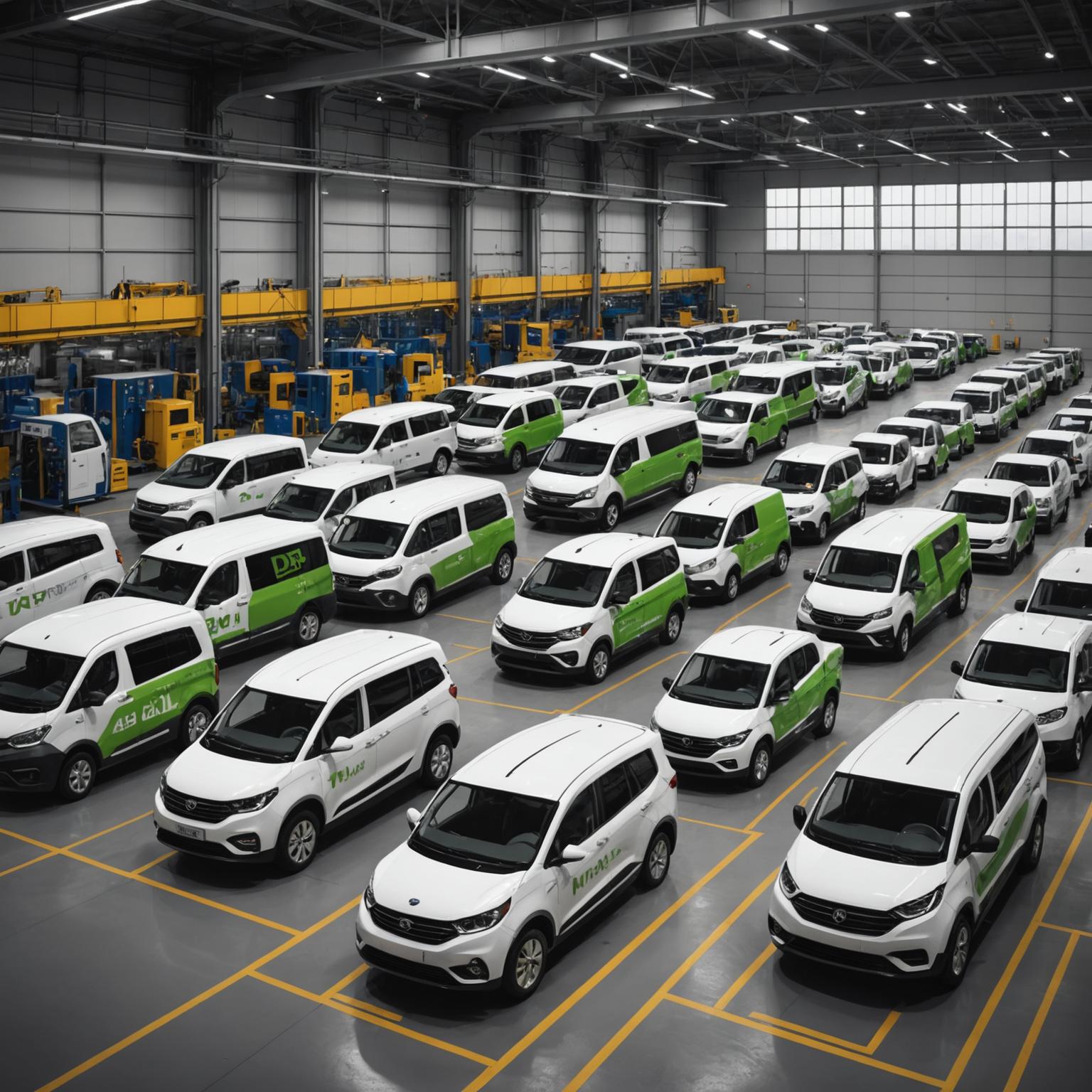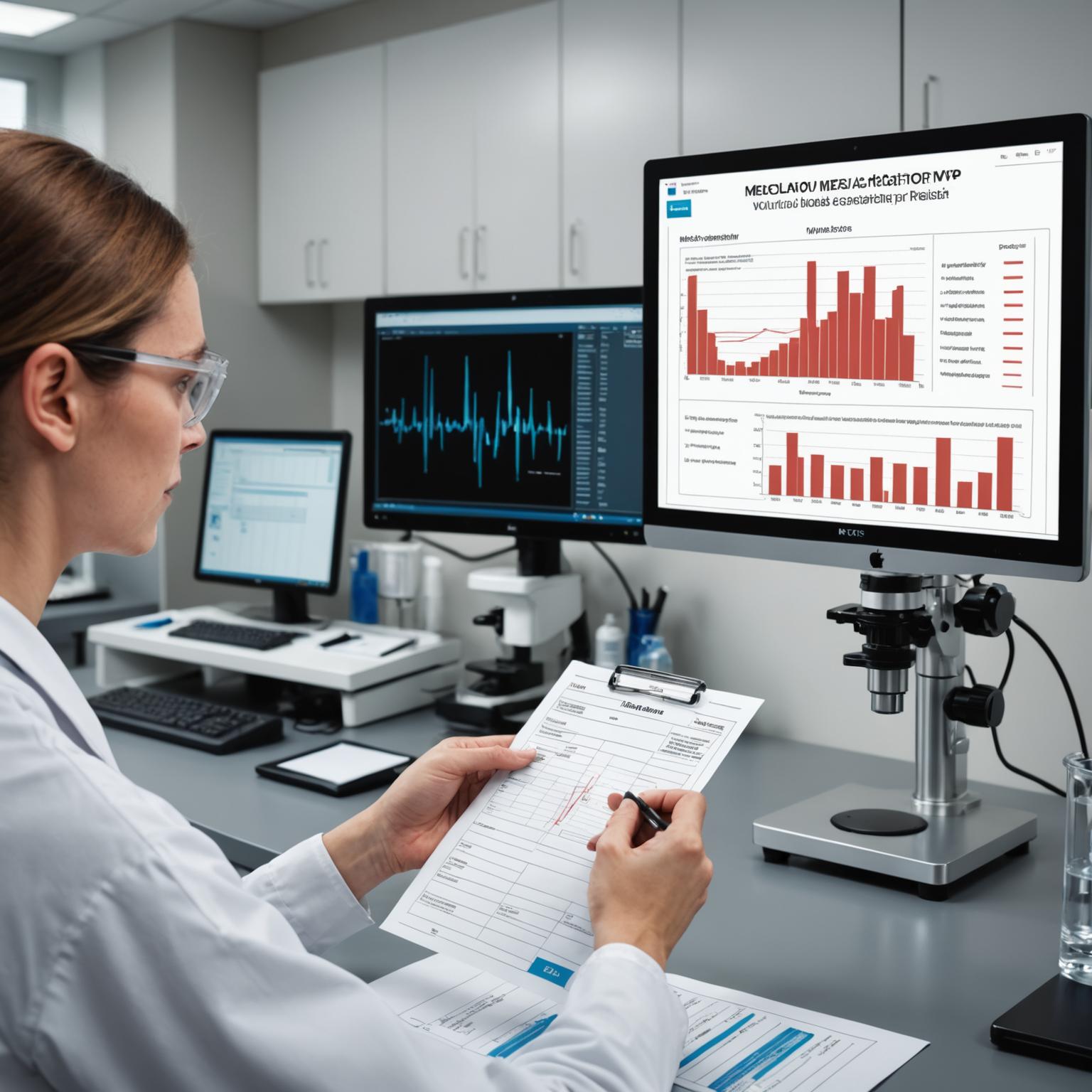The Evolving Story of AMP Electric Vehicles
Many people tracking the history of the electric vehicle industry often ask, who owns AMP Electric Vehicles? The answer to this question is not a simple one, as it involves a story of transformation, strategic pivots, and corporate evolution. The company that began as AMP Electric Vehicles has since changed significantly, and understanding its journey is key to understanding its current ownership structure. Founded in 2007, AMP initially carved out a niche for itself by converting existing internal combustion engine (ICE) vehicles into fully electric models. Their early projects included all-electric versions of popular passenger cars like the Chevrolet Equinox and the Jeep Grand Cherokee, showcasing the potential for electrification beyond purpose-built EVs from major automakers. This innovative approach placed them on the map as pioneers in the burgeoning electric vehicle conversion space.
A Strategic Pivot to Commercial Fleets
While the conversion of passenger vehicles was innovative, the leadership at AMP soon realized that the business model faced significant challenges, including high costs and a limited consumer market. A crucial turning point for the company came when they shifted their focus from the consumer market to the commercial vehicle sector. They identified a much larger and more sustainable opportunity in electrifying commercial delivery vans and trucks. Fleet operators stood to gain significant long-term benefits from electrification, including substantial fuel savings and reduced maintenance costs, creating a compelling business case that was harder to make for individual car owners. This strategic pivot was instrumental in setting the stage for the company’s future growth and its ultimate transformation, moving it away from its original identity and business model.
The Transformation into Workhorse Group
Perhaps the most critical chapter in the story of AMP Electric Vehicles ownership began in 2013. In a landmark move, the company acquired the Workhorse brand and its chassis assembly plant in Union City, Indiana, from Navistar International. This acquisition was transformative, as it gave AMP the capability to design and manufacture its own purpose-built electric vehicle chassis, rather than simply converting vehicles made by others. It marked a transition from a conversion company to a full-fledged original equipment manufacturer (OEM). To reflect this profound change in identity and business focus, the company officially rebranded in 2015, changing its name from AMP Holding Inc. to Workhorse Group Incorporated. This name change signaled the end of the AMP era and the beginning of a new one focused on commercial electric vehicle manufacturing.
Current Ownership of the Evolved Company
So, to answer the initial question directly: the entity formerly known as AMP Electric Vehicles is now Workhorse Group, a publicly-traded company listed on the NASDAQ stock exchange under the ticker symbol WKHS. As a public company, Workhorse Group is owned by its shareholders. This ownership is distributed among a wide range of investors, including large institutional firms, mutual funds, and thousands of individual retail investors who buy and sell shares on the open market. There is no single individual or entity that owns the company outright. The brand name ‘AMP Electric Vehicles’ is now essentially a part of the company’s history, fully absorbed into the Workhorse identity. The focus today is on the Workhorse brand and its lineup of electric delivery vehicles and drone technology.
The Lasting Legacy of a Pioneer
In conclusion, the inquiry into who owns AMP Electric Vehicles reveals a compelling narrative of adaptation and growth within the competitive automotive industry. The company’s journey from a small startup converting passenger cars to a publicly-owned manufacturer of commercial electric vans illustrates the agility required to succeed in a rapidly evolving market. While you can no longer buy a vehicle from a company called AMP Electric Vehicles, its pioneering spirit and early innovations laid the groundwork for what Workhorse Group has become today. The legacy of AMP is not found in a single owner, but in the continuing mission of its successor to advance the cause of commercial vehicle electrification for a cleaner and more efficient future.

